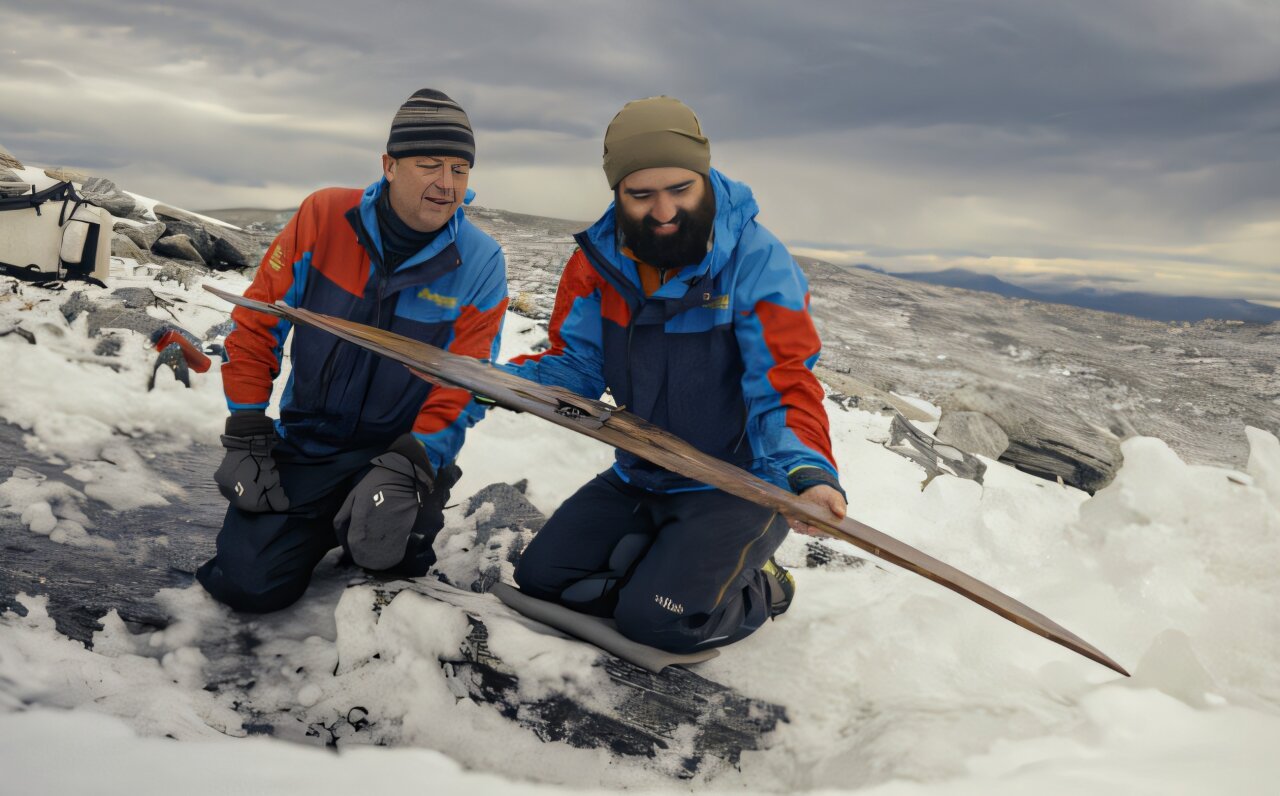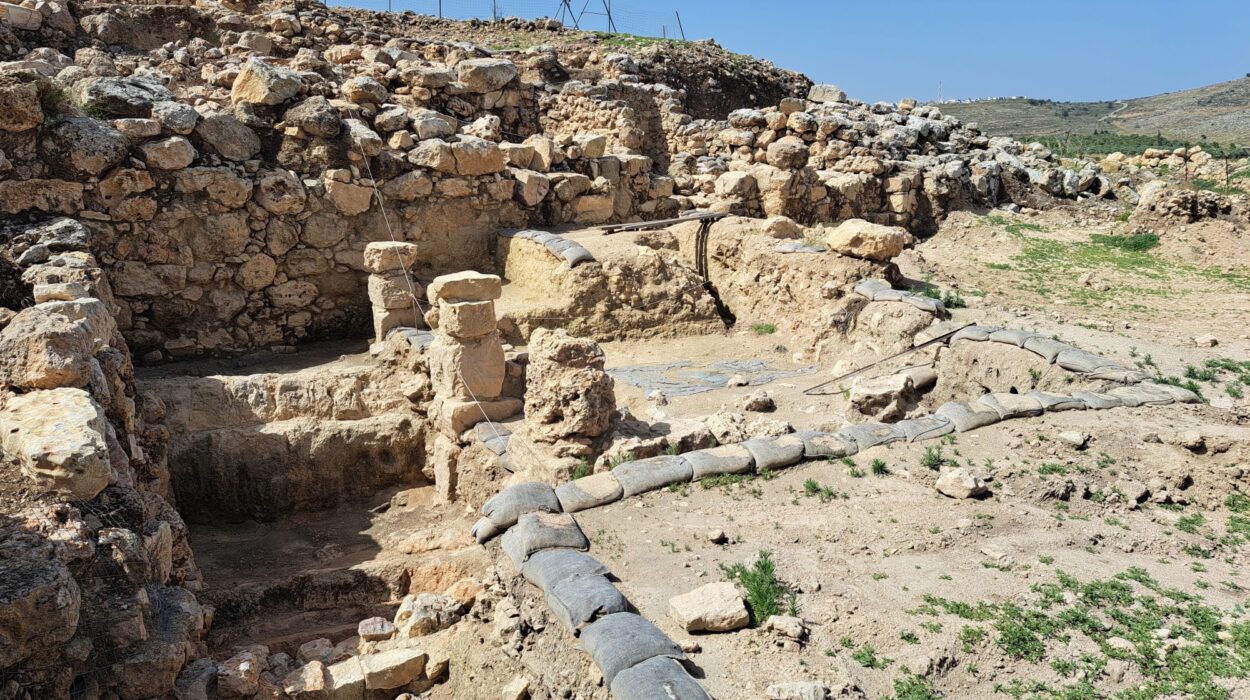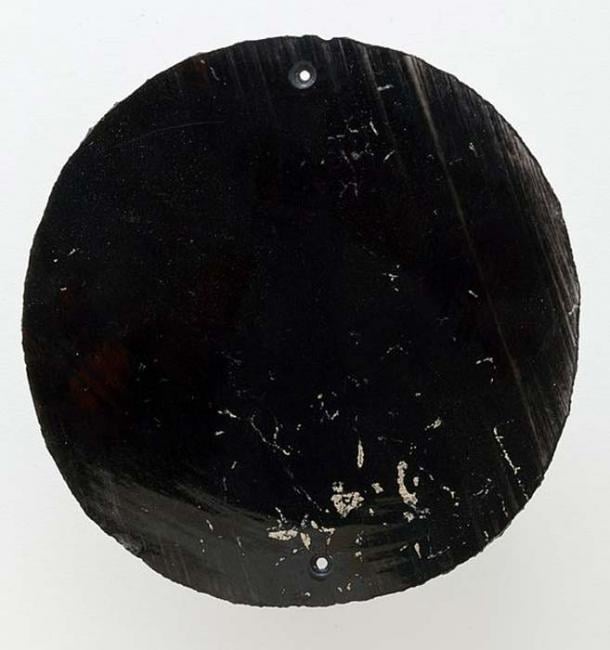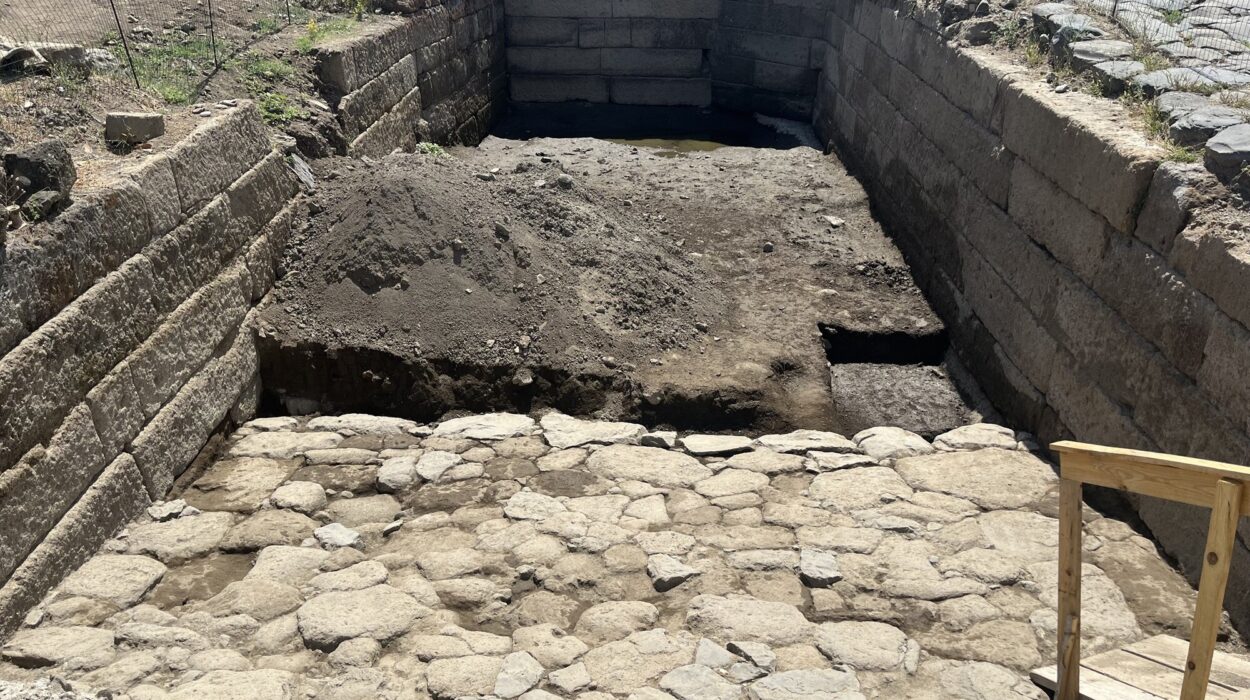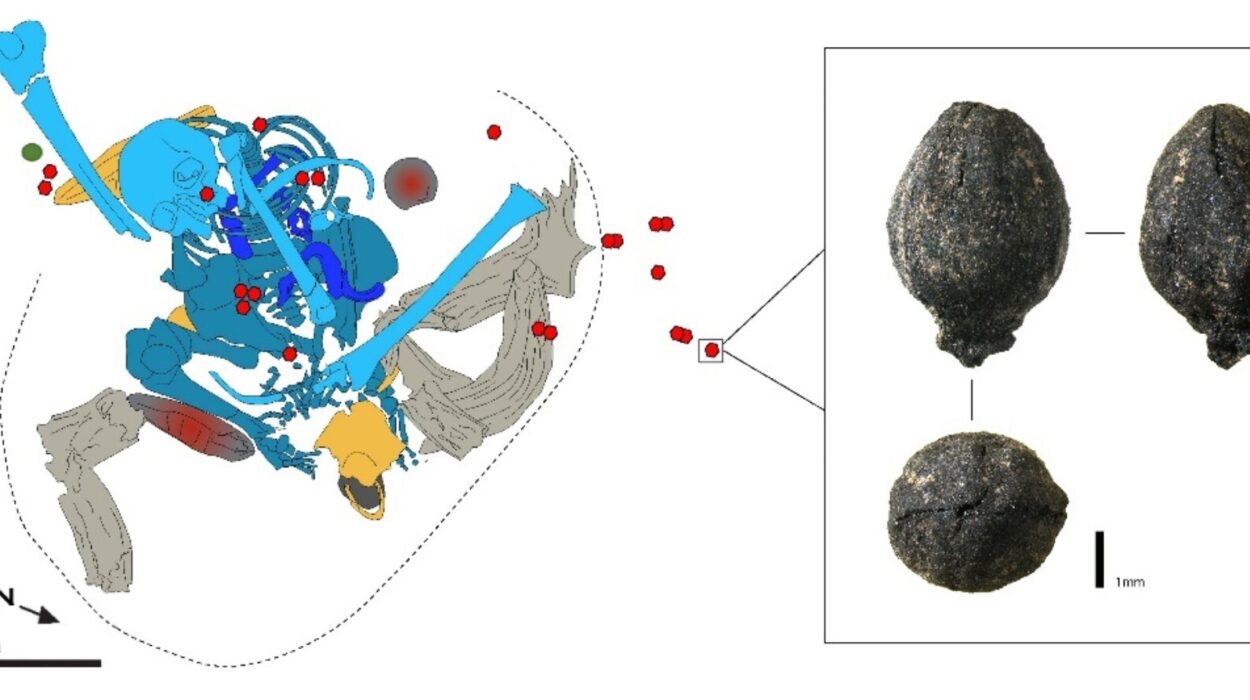In the heart of the majestic Norwegian mountains, a discovery of ancient skis is offering scientists an unexpected window into the lives of prehistoric humans. This discovery, made by glacial archaeologists in 2025, marks the unearthing of the second ski of a pair, found just five meters away from the first ski that was recovered seven years ago at Digervarden, a mountain region in central Norway. Dated to 1,300 years ago through radiocarbon analysis, the skis are providing groundbreaking insights into the ways people adapted to the harsh environmental conditions of the time, as well as their remarkable survival strategies in extreme cold.
This recent discovery is part of a larger archaeological effort known as the “Secrets of the Ice” initiative, a collaboration between the Innlandet County Council and the Museum of Cultural History in Oslo. Through this project, glacial archaeologists are investigating the profound effects of melting glaciers, which have become a unique source of prehistoric artifacts. These objects, once sealed in ice for centuries, are now emerging due to global warming, which has led to a dramatic retreat of glaciers across the globe.
Lars Holger Pilø, an archaeologist and co-director of the initiative, describes these newly discovered skis as “the best-preserved pair of prehistoric skis known to date.” Not only do the skis offer a rare glimpse into ancient technology, but their preservation, including their bindings, also allows researchers to experiment with ski replicas to better understand how people in the Iron Age might have used them. Pilø believes that the discovery is significant for two key reasons: first, it demonstrates that humans were venturing into the high mountains during the winter months for hunting and transportation, braving the risks of extreme weather and difficult terrain; second, the preservation of these skis allows archaeologists to experiment with skiing techniques used during that period, which could lead to entirely new insights into how humans interacted with their environment.
Interestingly, each ski is made from a different type of wood—one from birch and the other from pine. Despite the different materials, the skis were found in close proximity to each other, and radiocarbon dating suggests they were used as a pair. This discovery indicates that, even in the most remote, high-altitude regions of Norway, prehistoric people were resourceful in making use of available materials. The ski find highlights the significance placed on wood and other natural resources in an area where the landscape was often unforgiving and well above the treeline.
Glacial Archaeology: Unveiling the Past through Melting Ice
The process by which these skis were uncovered is a testament to the power of modern archaeology and the serendipitous role that climate change is playing in advancing scientific discovery. Unlike typical archaeological digs that involve painstaking excavation, the rapid melting of glaciers has, in some ways, “done the work” for archaeologists, exposing artifacts that have been preserved in ice for centuries, or even millennia.
However, it’s not just about waiting for the ice to melt. Identifying potential sites for glacial archaeology requires a deep understanding of the region’s terrain and climate. Archaeologists use a combination of methods, including aerial photography, satellite imagery, and input from local hikers and reindeer herders, to identify ice patches that may harbor ancient relics. One breakthrough moment in this field came in 2006 when a significant ice melt revealed a wealth of prehistoric objects, prompting the creation of the “Secrets of the Ice” program. Since then, scientists have uncovered hundreds of artifacts, ranging from tools to clothing, and the recent discovery of the skis is a continuation of that success.
The increasing retreat of glaciers due to anthropogenic climate change is providing a unique opportunity for archaeologists to study how ancient societies adapted to their environment. Pilø, who has been instrumental in these discoveries, highlights that these finds reveal “insights into past human activity, technology, and adaptation to challenging environments.” In particular, the melting ice offers a rare look at how humans coped with climate challenges in a time when technology was limited, and survival was tied to an intimate understanding of the natural world.
The Climate Connection: Ancient Responses to Changing Environments
The archaeological discoveries in Norway not only reveal how early humans navigated harsh environments, but they also offer a glimpse into the ways that human societies have historically responded to climate change. Pilø draws a direct connection between these discoveries and the climate changes experienced during the Late Antique Little Ice Age (535–660 CE), a period marked by significant climatic cooling. During this time, agriculture in the mountainous regions of Norway, already on the edge of viability, faced severe challenges.
In response to these climate pressures, people in the highlands turned to alternative resources, most notably intensifying their reindeer hunting. As the glaciers retreated and ice patches grew, evidence of increased hunting activity was found in the form of numerous lost arrows. These arrows, many of which are found preserved in the ice, provide tangible evidence of how prehistoric humans adjusted their behaviors in response to environmental changes. Pilø notes that “increased hunting on the ice” was a direct response to the challenges posed by a cooler climate, and these findings help to establish a direct link between shifts in climate and changes in human behavior.
The newly discovered skis also reinforce this idea. While skis were previously found in lower-altitude regions and were assumed to have been used primarily for cross-country travel, the discovery of skis in the high mountains challenges this assumption. It suggests that humans were traveling at higher elevations during the winter months, engaging in activities such as hunting and transport in areas previously thought to be too inaccessible during the colder months. This discovery shows that prehistoric humans were not only enduring but thriving in environments that required innovative solutions to extreme climatic conditions.
Building the Climate and Human Story: Bridging the Gap Between Artifacts and Paleoclimate
One of the most exciting aspects of these discoveries is the way they connect the story of ancient human survival to broader environmental changes. Through the study of artifacts like these skis and arrows, as well as the use of tree-ring data, scientists can build a more detailed understanding of both the climate and the people who lived through it.
Paleoclimatologist Nicole Davi explains that tree-ring data provides a long-term perspective on Earth’s climate history, offering context that helps to interpret the current climate crisis. Tree rings, which contain annual records of climatic conditions, can reveal centuries or even millennia of climate data, filling in the gaps left by more recent meteorological records. Davi suggests that tree-ring records can add valuable context to our understanding of human migration, societal collapse, and how ancient communities coped with environmental stress.
The challenge, however, lies in integrating the archaeological finds, like the skis and arrows, with paleoclimate data. Pilø acknowledges that while these artifacts offer clues about past climates, understanding the direct relationship between artifacts and specific climate conditions remains complex. Glacial archaeology, he points out, is still an emerging field, and many aspects of it are not yet fully understood.
Nevertheless, these artifacts offer valuable insights into the resilience of human societies, and as the ice continues to melt and more discoveries are made, the picture of humanity’s ability to adapt to climate challenges becomes clearer. In many ways, these ancient finds could offer important lessons for modern society, especially as we confront the environmental challenges of today.
The Future of Glacial Archaeology: Unlocking More Secrets of the Ice
As glaciers continue to melt, the potential for further archaeological discoveries increases. The Secrets of the Ice initiative is far from over, and each new find adds to our understanding of the past. From skis to arrows, tools to clothing, these artifacts offer a rare glimpse into the lives of people who lived long before recorded history.
But the significance of these discoveries extends beyond archaeology. As climate change accelerates, these ancient artifacts provide crucial insights into how human societies have dealt with environmental changes throughout history. By studying these finds, we can gain a better understanding of our planet’s climate cycles and how humans have adapted, survived, and even thrived in the face of adversity. In this way, glacial archaeology not only uncovers the past but also offers important lessons for the future, as humanity grapples with the challenges posed by climate change.
Ultimately, the melting glaciers of Norway are doing more than just revealing artifacts; they are telling the story of human ingenuity and survival—stories that could provide valuable lessons for addressing the pressing challenges of climate change today. As the ice continues to retreat, more secrets will emerge, and with them, a deeper understanding of both the Earth’s natural history and humanity’s enduring resilience.
